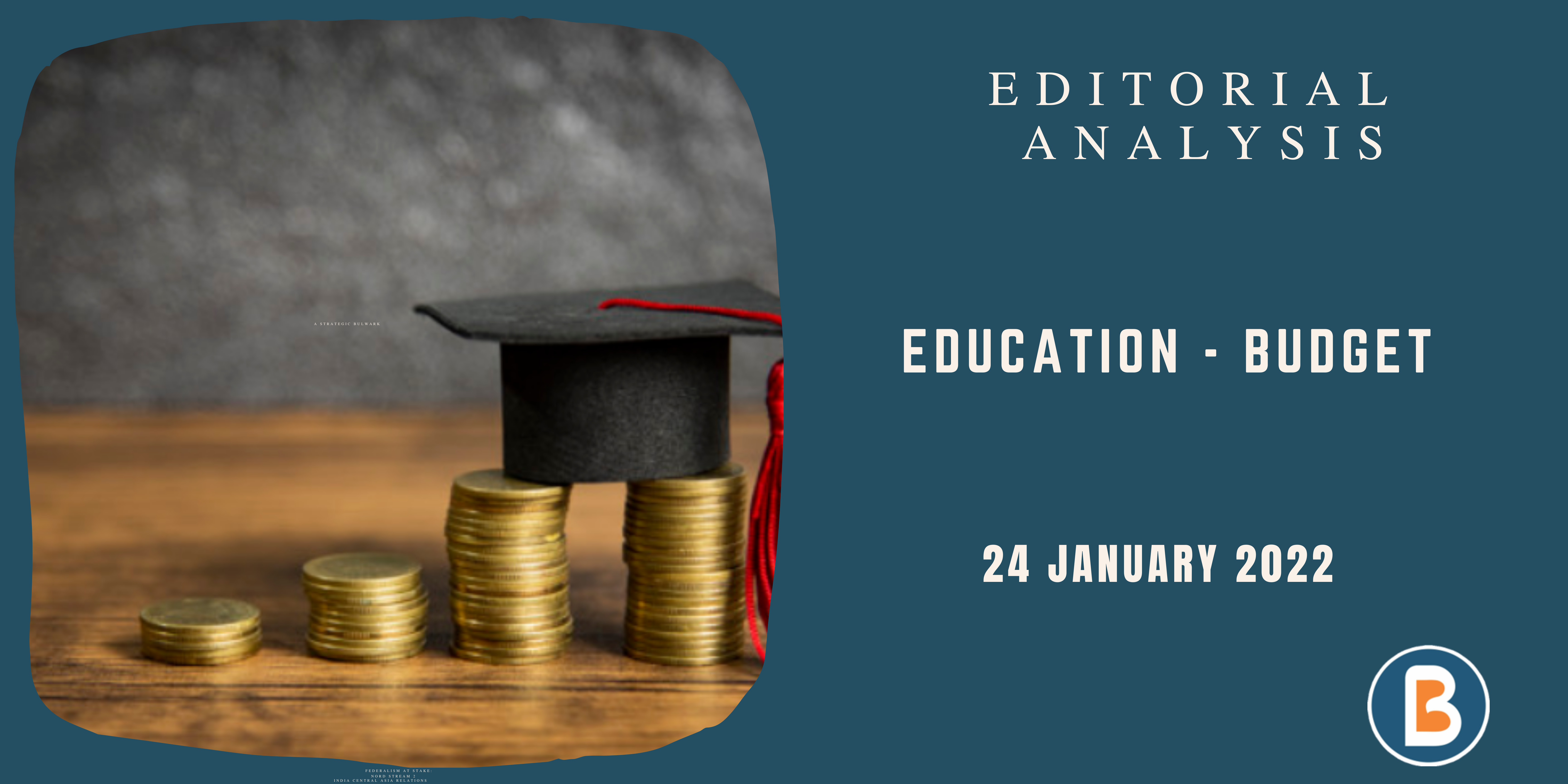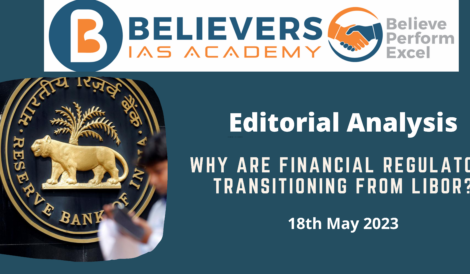Expenditure on Education
Context:
- Even before the pandemic, public spending on education in most States was below that of other middle-income countries.
- Most major States spent in the range of 2.5% to 3.1% of State income on education, according to the Ministry of Education’s Analysis of Budgeted Expenditure on Education.
- This compares with the 4.3% of GDP that lower-middle-income countries spent, as a group, between 2010-11 and 2018-19. Low-income countries increased their spending from 3.2% to 3.5% of GDP in the same period (World Bank, Education Finance Watch, 2021).
Public Spending on Education
- As per the norms of National policy on education (1986), at least 6% of the GDP must be spent on education. However, successive governments have failed to achieve this target and remained less than 4%.
- The major share of the total education expenditure goes to the elementary education, rather than the tertiary or higher education, i.e., the least.
- Though, the state invests the limited amount on higher education, its investment per student is higher than that of elementary.
- With the aim of promoting education, the government of India has also initiated imposing two percent of ‘education cess’ on all the union taxes.
- This education cess tax is spent on enhancing elementary education in the country.
- The government of India has also initiated various new loan schemes for students who want to pursue higher education.
Previous Budgetary Allocation:
- In the 2021-22 Budget, in the midst of the gravest education crisis, The Central government’s allocation for the Education Department was slashed compared to the previous year, even though the size of the overall budget increased.
- Of the major States and Delhi, eight either reduced or just about maintained their budget allocation for education departments in 2021-22 compared to 2020-21. Seven States marginally increased their allocation by 2%-5%.
- Only six States increased their allocation by more than 5%, though it remains to be seen how actual expenditures compare with budget allocation.
Additional Requirements:
- The needs include: back-to-school campaigns and re-enrolment drives; expanded nutrition programmes to address malnutrition; reorganisation of the curriculum to help children learn language and mathematics in particular, and support their socio-emotional development, especially in early grades; additional learning materials; teacher training and ongoing support; additional education programmes and increased instructional time during vacations and weekends; additional teachers and teaching aides, where required, in part to cope with transfer of students from private schools; and collection and analysis of data.
Way Forward:
- Our education must be all round developer. It must be based on creative rather than memorizing. Practical or Visualize education must be promoted.
- It is time that India began viewing school education as a critical strategic investment and gave it the status of a vital infrastructure project.
Source: The Hindu




